SCHRACK Telecommunication cables and wires
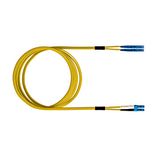

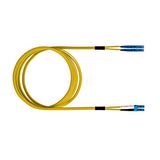
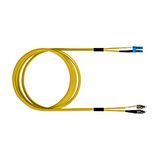
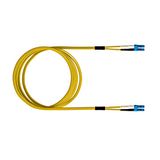
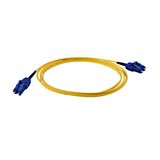
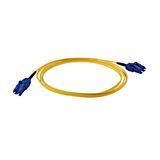


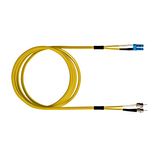
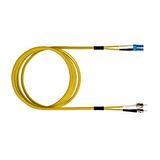
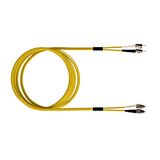
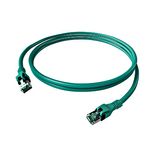
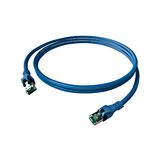

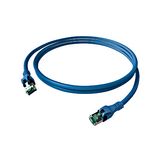



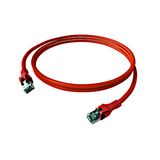

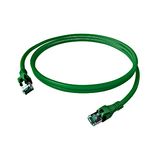

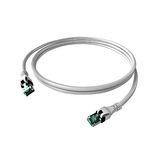
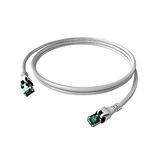

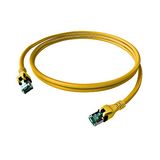

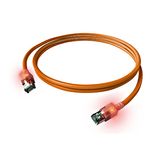
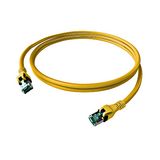


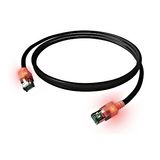
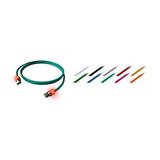
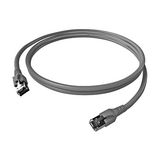


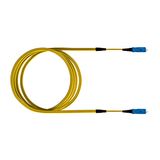


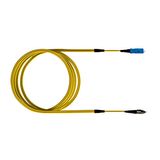

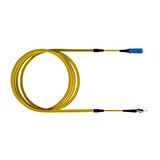
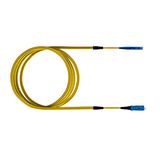
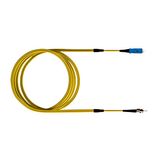
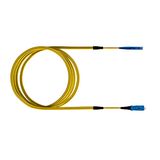
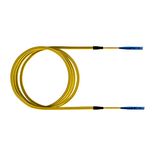
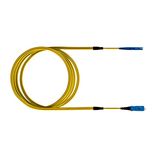
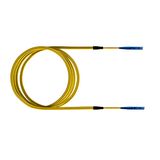
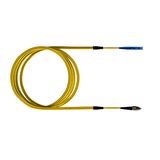
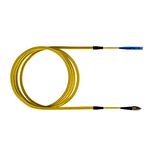
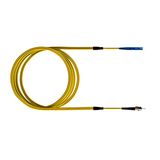


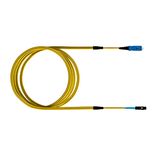


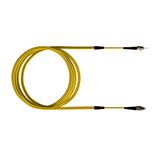

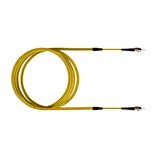
Schrack Telecommunication Cables and Wires for enterprise and plant networks
Planners choose this portfolio when links must stay deterministic near drives, weld cells, and long risers. Copper runs span Cat5e…Cat7A in 23–26 AWG with U/UTP, F/UTP, and S/FTP shields; optical cores cover OS2 single-mode and OM3/OM4/OM5 multimode. Jackets are PVC or LSZH with CPR Eca…B2ca (s/d/a indices printed on the sheath). Bend-insensitive G.657 fibers tolerate tight doors and swing-frames; pre-terminated trunks cut fit-out time during shutdown windows.
Schrack Data Communication Cables categories, shielding, and CPR
- Cat5e/Class D & Cat6/Class E: 1 GbE workhorses; U/UTP in quiet office risers, F/UTP/S/FTP near VFDs.
- Cat6A/Class EA: 10GBASE-T to 100 m; 23 AWG solid for permanent links, snagless stranded for patching.
- Cat7/7A/Class F/FA: S/FTP pairs, 600–1000 MHz headroom where EMI is harsh or future services are planned.
All copper links are verified to IEC 61156 and channel rules in ISO/IEC 11801-1 / EN 50173. LSZH options meet IEC 60332-1/-3 (flame), IEC 60754 (halogen/acid gas), IEC 61034 (smoke). PoE readiness follows IEEE 802.3af/at/bt with bundle heat-rise data for warm plenums.
Product range and series overview for racks, floors, and skids
- Permanent-link cables: solid 23 AWG with CPR marks, meter-printing, and DoP codes for audits.
- Patch & equipment leads: stranded 26/28 AWG, snagless boots, 50 µin gold; angled plugs for shallow doors.
- Industrial copper: PUR jackets, class-6 flex conductors, and braided shields for e-chains and moving axes.
- Fiber trunks & assemblies: LC/SC jumpers, MTP cassettes, loose-tube gel-free for campus routes, tight-buffered indoor for racks.
Technical specifications and standards engineers expect
Copper: NEXT/PSNEXT, ACR-F, TCL verified at class; typical pair balance supports EMC budgets in mixed power trays. Fiber: IEC 60793/60794 cables; insertion loss targets ≤0.3 dB/connector (UPC) with return loss ≥50 dB (UPC)/≥60 dB (APC). Pull ratings and crush resistance are declared per construction; bend radius ≥8×OD (copper) / ≥10×OD (fiber static). Termination hardware follows keystone geometry; patch panels and outlets carry the same earthing points used in Schrack enclosures.
Schrack Structured Wiring topologies that stay maintainable
Adopt star or spine-and-leaf rooms with dual-homed cores. Keep permanent link ≤90 m + ≤10 m patching; reserve 20–30 % spare ports. Partition trunking so power/drives/I-O remain segregated from data; use steel barriers where routes must share. Label both ends with rack-U/port and polarity (A-to-B on fiber); print PoE class on faceplates to guide moves/adds.
Applications and compatibility across sectors
Control rooms and MES/SCADA backbones standardize Cat6A S/FTP to ride through motor noise; offices use Cat6 U/UTP for density and cost; machine vision hops to fiber to avoid ground loops. Hospitality and retail specify CPR Cca/B2ca in egress routes. All terminations, patch managers, and outlets align mechanically with Schrack racks and boards, so schrack network lines drop into the same hole patterns and bonding logic your teams already use.
System design, PoE, and EMC practice with Schrack hardware
Plan PoE/PoE+/bt budgets per bundle and ambient; upsize gauge or de-rate port counts if plenums run hot. Near VFDs, prefer S/FTP with 360° gland bonding at entry; tie shields at one end for RS-485/telemetry, both ends for high-frequency Ethernet with managed bonding. For mixed copper/fiber routes, land dielectric fibers to break ground paths, then bond only metallic strength members where code demands—this keeps schrack telecom infrastructure resilient under fault conditions.
Integration with panels, trays, and floor boxes
Keystones, patch panels, and consolidation points share numbering, earthing studs, and torque charts with Schrack enclosures and cable trays. Patch managers mirror the 19″ spacing used by protection and control tiers, and LSZH cords route cleanly through the same gland plates—so schrack communication cabling stays consistent cabinet-to-room and across sites.
Selection criteria for B2B engineers
- Traffic & reach: Cat6A for 10G floors; OS2 for campus spans; OM4 for dense rooms ≤150 m at 10/25 G.
- EMI & earthing: U/UTP in quiet zones; F/UTP/S/FTP near drives; single-point shield bonds for serial links.
- Fire & building code: CPR class by route; LSZH in occupied spaces; printed DoP on sheath for inspection.
- PoE & temperature: check bundle ampacity and ambient; consider 23 AWG solids for high-power APs/cams.
- Service model: pre-terminated trunks for short shutdowns; spare cassettes and cords per rack for first-fix agility.
Advantages of working with Bankoflamps
We align pricing to your cable schedule and show live EU stock before crews are booked. Quotes typically return in about an hour. Orders by EAN/MPN prevent variant drift; your portal tracks lead times, shipments, and provides downloadable price lists. Approved clients can use post-payment up to 30 days. We consolidate partials to reduce freight and keep price-validity windows so phased works stay predictable. Our team checks CPR class, shield policy, connector type, bend radius, and rack kits against your drawings so reels, cassettes, and panels arrive site-ready.